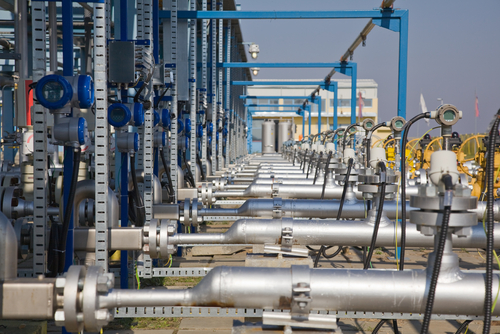 |
UST O&M—Release Detection Changes in the Works
Leak detection is a key component of a compliant UST operation, but one that is often found to be lacking when it comes to ongoing system O&M. According to the EPA, although inspectors often find release detection equipment installed on UST systems, they also routinely find that it is not properly operated and maintained.
In an EPA review and analysis of USTs in Florida, the agency noted that, ‘‘Leak detection successfully detected 26 percent of all releases. Conversely, leak detection was specifically identified as failing to detect 23 percent of releases.’’ Although the analysis could not determine the reasons for leak detection failure, it did offer the following possibilities:
- Faulty equipment;
- Improper installation;
- Improper operation or maintenance; or
- Insufficient performance standards.
In the original UST regulations promulgated in 1988, the EPA requires UST owners and operators to install, calibrate, operate, and maintain release detection equipment in accordance with manufacturers’ instructions, “including routine maintenance and service checks for operability or running condition.’’ The EPA, however, did not provide specific minimum requirements for release detection O&M and, as a result, O&M requirements vary considerably even between similar types of equipment.
Join us for an in-depth webinar on Best Practices in Tank Overfill Protection on September 11. Taking time now to determine if all of your tanks have adequate overfill protection will likely save you big headaches now the road. Register now.
For example, the EPA notes that some manufacturers may not adequately address O&M, such as when they only recommend O&M checks, while EPA’s stance is that checks should be mandatory, not optional. The EPA also states that “similar release detection components should be tested in a similar manner, which will increase the likelihood that all release detection equipment will function at optimal
levels for as long as possible,” something that the EPA says is backed up by California’s field analysis of sensors and other anecdotal evidence.
To address these issues, the EPA proposed moving toward a more standardized O&M process, one that provides a set of minimum O&M criteria for all electronic- and mechanical-based release detection equipment. The EPA used several different sources of information from manufacturers, the agency, and the Petroleum Equipment Institute to draft the requirements, which include:
Automatic Tank Gauging (ATG) Systems and Other Controllers
- Test alarm;
- Verify system configuration; and
- Test battery back-up.
Probes and Sensors
- Inspect for residual buildup;
- Ensure floats move freely;
- Ensure shaft is not damaged;
- Ensure cables are free of kinks, bends, and breaks; and
- Test alarm operability and communication with controller.
Line Leak Detector
- Simulate leak, which determines capability to detect a leak; and
- Inspect leak-sensing o-ring.
Vacuum Pumps and Pressure Gauges
- Ensure communication with sensors and controller.
Equipment that is neither electronic nor mechanical (e.g., bailers and measuring sticks used for statistical inventory reconciliation) are addressed in the proposed changes for
walkthrough inspections that were discussed yesterday.
It’s important to know the federal requirements, as well as key information on typical state and local requirements, for UST/AST tank overfill protection. Are you in the know? Join us for an exclusive webinar on September 11 on Best Practices in Tank Overfill Protection. Register now.
Recordkeeping requirements were also proposed, including that operators maintain records of the annual operation tests for 3 years, consistent with the 3-year inspection cycle, and that at a minimum, records must include:
- A list of each component tested;
- Indication of whether each component met the criteria listed above or needed to have action taken; and
- A description of any action taken to correct an issue.
The EPA proposed the requirements be met no later than 1 year after the effective date of the final rule and in accordance with one of the following:
- Manufacturer’s instructions;
- A Code of Practice developed by a nationally recognized association or independent testing laboratory; or
- Requirements developed by the implementing agency.
Again, because these are proposed requirements, the EPA solicited comments that may impact the final rule, including whether the requirements are adequate and if there are other performance tests the EPA should consider.
